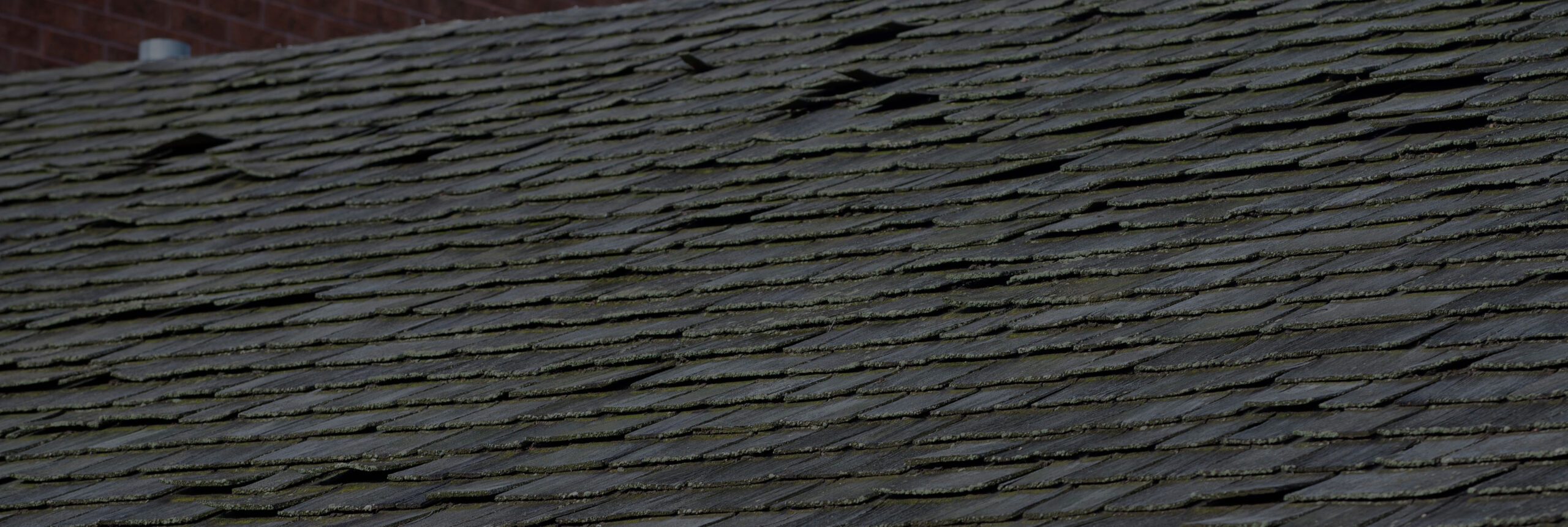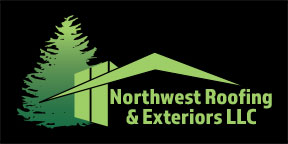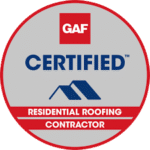
When is it time to change your roof?
Your roof is one of the most important parts of your house.Moisture marks, brown, yellow, or grey stains, and peeling paint on walls and/or ceilings could all indicate a damaged, leaking roof. Also take a peek in your attic, where damp rafters or leaks could additionally point to roof damage. Although you are the first line of defense when it comes to spotting roof damage, be aware of your limitations. Call in a roofer for a professional inspection or a free estimate. A basic inspection could save you thousands of dollars in roofing repair costs by spotting minor damage before it turns into a major problem. A trained professional also has the tools and safety techniques to get up on your roof and check for damage.
How old is your existing roof? Depending on the material, the lifespan of a roof could be between 20 and 60 years, but it varies by roofing material.
Asphalt shingles tend to last anywhere from 20 to 30 years in Washington.
Metal roofs last approximately 30 to 60 years.
TPO or flat roofs have a lifespan of 20-30 years.
A sagging roof is a sign that trapped moisture has rotted away boards under the roof. A droopy, sagging roof is one that surely needs replacing before further damage occurs to your home. Check the surface for signs of trapped moisture, rotting boards, or sagging spots—especially at the lowest points in the roof. A good way to see this is to stand back from your house, perhaps across the street, and look at it from different angles. A home’s roof should appear straight, so signs of sagging and slumping should be easily noticeable when it occurs.
Moss, mold and fungi (such as mushrooms) indicate trapped moisture, which can ruin a roof. To do away with moss that collects in shaded corners of your roof, use a stiff brush but be careful to address any underlying problems. If obvious moss remains after brushing, contact a professional to get the roof properly inspected.
When shingles start to curl or buckle, it’s a sign that they are no longer properly attached and have likely already sustained damage. The curved surface can be caught by a strong wind, leading to further damage. In some cases, a qualified roof repair company can replace specific shingles, but the problem can signal a larger problem.
Strong winds often cause shingles to lift or fly off completely. Sometimes you can replace a shingle or two, but the potential for repair depends on the missing shingle’s location and the condition of those surrounding it.
If any of the roof’s supporting structure is cracked or missing, it’s an immediate red flag. Proper support is needed to ensure the roof is structurally sound and will not be at risk.
In certain instances damages are beyond a minor repair. If a roofing contractor performs an inspection and finds systemic problems, replacing the roof can be more cost effective than paying for repeated repairs.
There are many more potential issues that can occur. Call a licensed trustworthy professional for a free estimate or inspection.


